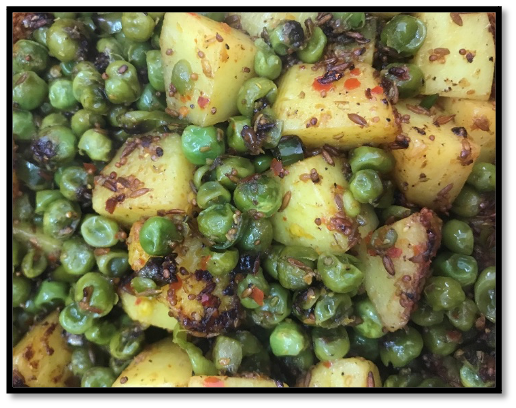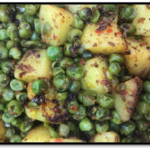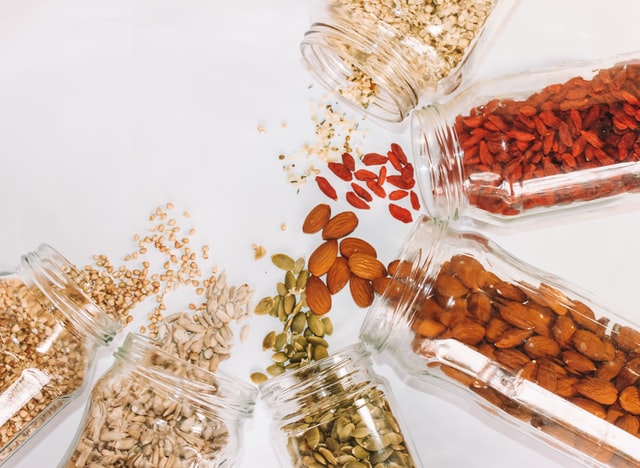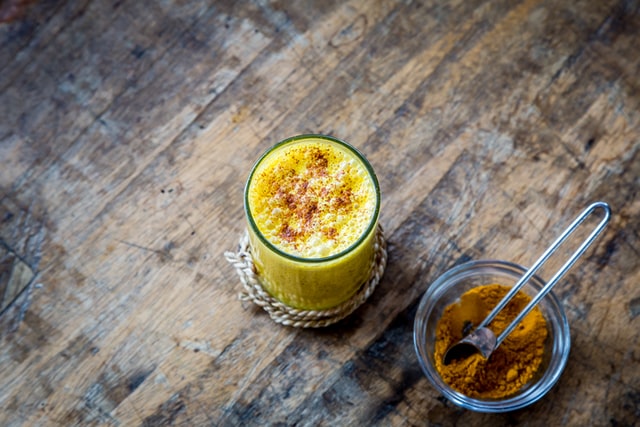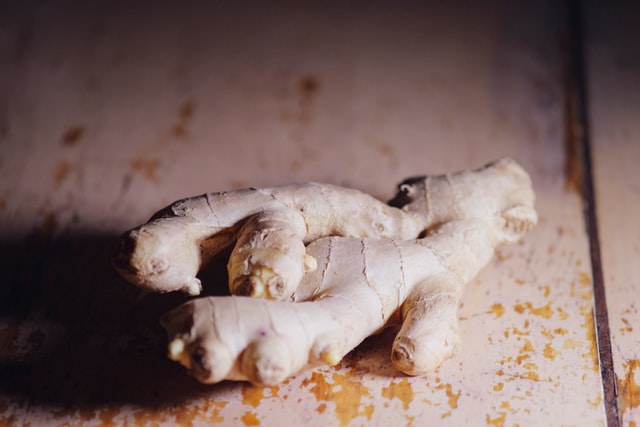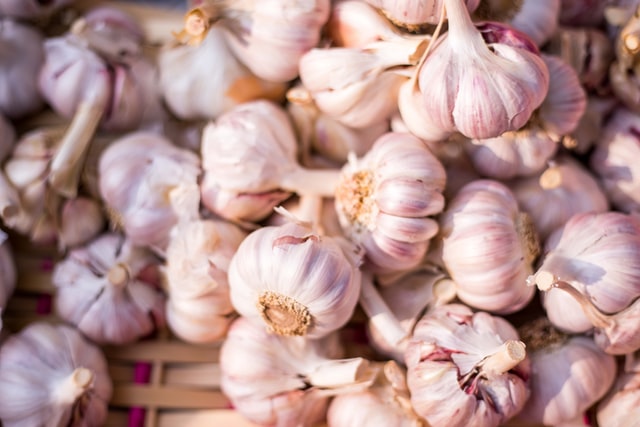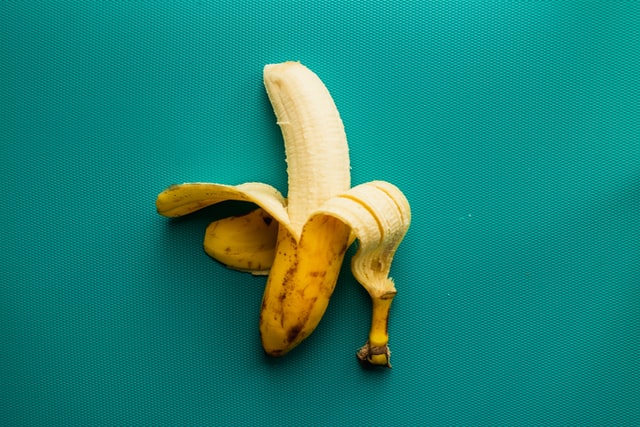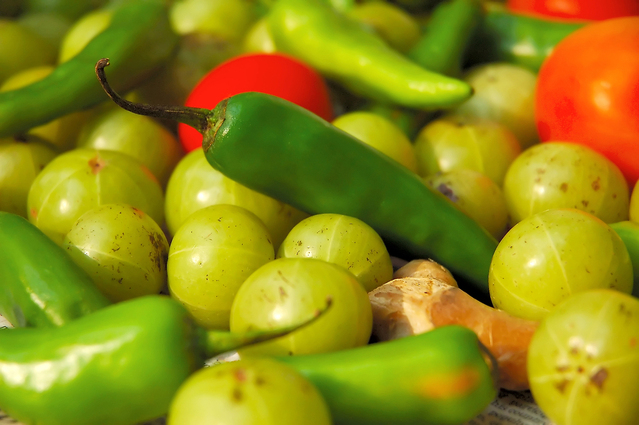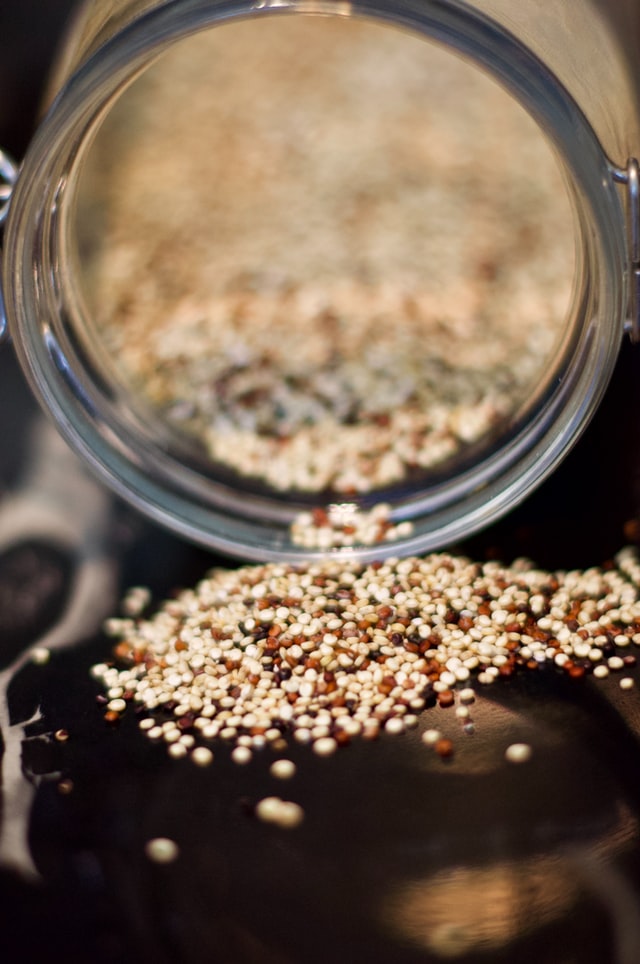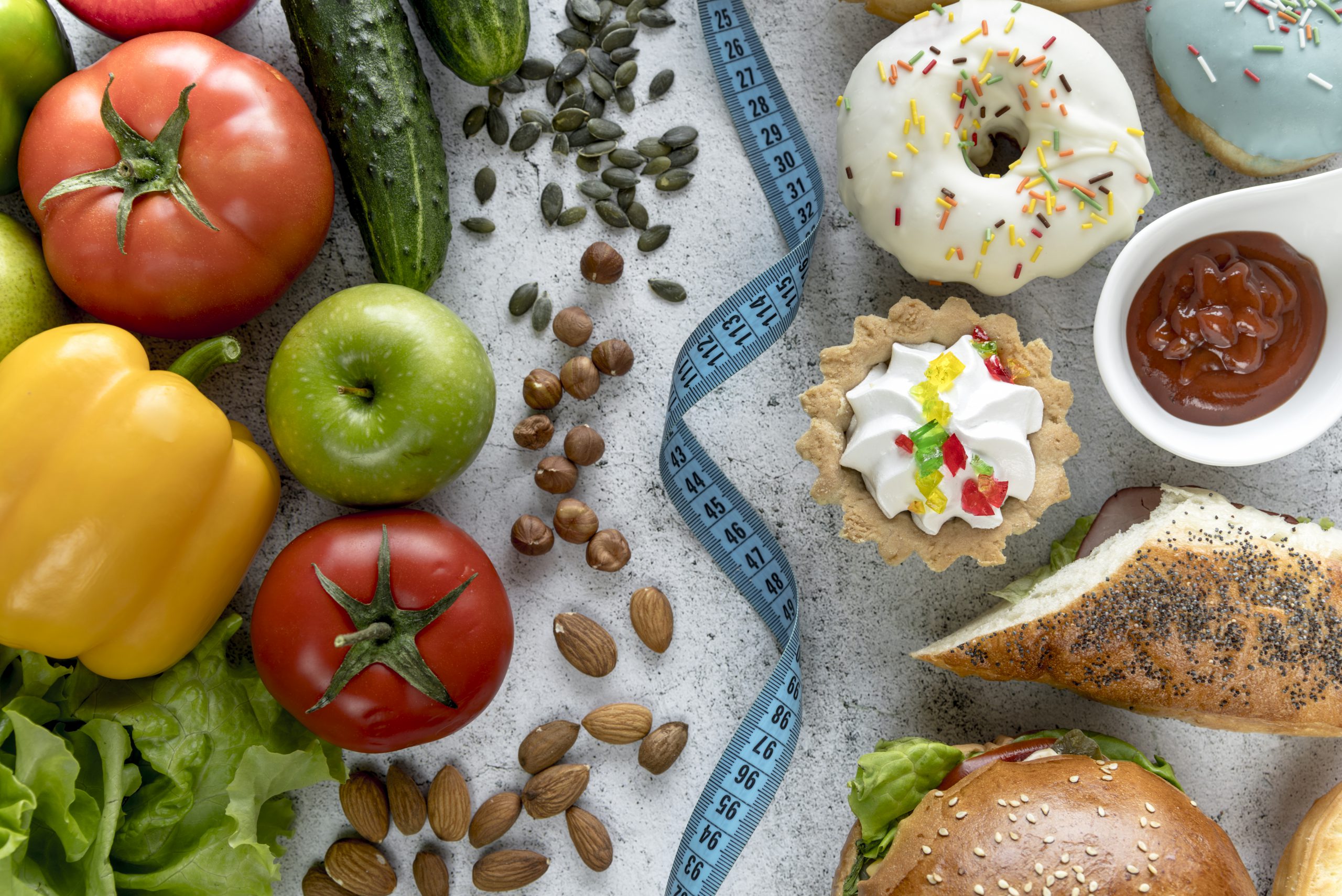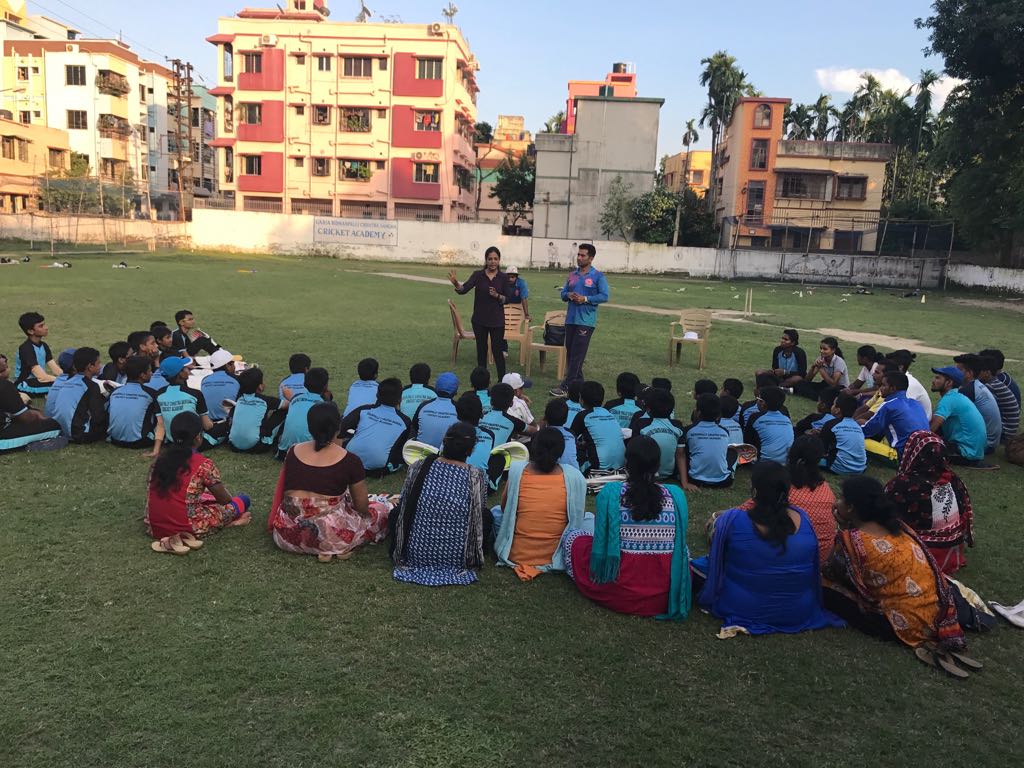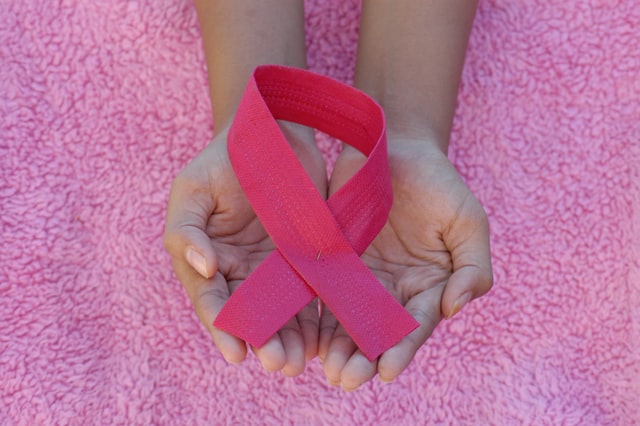INTRODUCTION.
Optimal performance during workout requires precise consideration of nutrient consumption. The most favorable dietary intervention is the one that can enhance and sustain carbohydrate (CHO) reserves (muscle and liver glycogen) for high-intensity workout. Consuming a meal in the preceding hour can help in maximizing glycogen stores and influences its utilization in the course of workout. The timing of the meal and its composition is essential in regulating the metabolism of the body.
WHY IS PRE – EXERCISE NUTRITION IMPORTANT?
Pre-exercise nutrition comes with a simple aim of “PERFORMING BETTER AND RECOVERING FASTER”. It helps you sustain your energy levels for long, reduces or muscle soreness post-performance, prevents low blood sugar, minimizes hunger pangs, avoids stomach aches, bloating and increases the overall performance.
ROLE OF MACRONUTRIENTS – CARBS, PROTEIN AND FAT.
The term “Macronutrient” refers to the nutrients that are required by our body in larger amounts and perform various physiological functions to maintain health.
NEVER SKIP YOUR FUEL: CARBOHYDRATE:
Your car needs fuel (petrol/diesel) to run efficiently, similarly, your body needs carbohydrates for engaging in any kind of physical activity. The major function of carbohydrates is to provide energy and it is the key fuel for muscle and brain. The glycogen stores in muscle are limited. Depletion in glycogen stores can lead to a feeling of tiredness, fatigue and there is lack of energy. Choose complex carbohydrates over simple and include sources like whole grains, brown/wheat bread, low-fat dairy products, and fruits. The amount of carbohydrate one needs depends on the frequency, type, and duration of physical activity.
POWER YOUR MUSCLES – PROTEIN:
The proper growth and development of tissues, cells, and muscles occur with the help of protein. Consuming adequate protein pre-exercise reduces muscle damage, muscle soreness, and supports better recovery. It is important to include lean sources of proteins like lean meats, low-fat dairy products, eggs, egg whites, and plant-based protein sources like beans, legumes, and soy.
ADD IN A LITTLE AMOUNT OF HEALTHY FAT:
Moderate amounts of fat in your meals will make no harm. After carbohydrates when the glycogen stores are depleted the body uses fats as an alternative energy source. The type of fat consumed is most important. Replace saturated fats with unsaturated ones and include healthy fats like avocados, nuts, and oilseeds, nut butter, olive oil, etc. Consuming anything in excess will have a negative side so keep a check on your portion size.
HYDRATION:
Water intake is extremely essential for the body to function properly. Water helps in regulating the body temperature and enhances the nutrient transport system. Water also lubricates the joints. Ideally, the water consumption varies for each individual however the factors assessed are common- heat, humidity, sweat rate and time of workout. For every pound lost during a workout, about sixteen to twenty-five ounces of water should be consumed. If your water intake is less, it can put your body into a state of dehydration which leads to fatigue, muscle cramping and in extreme cases loss of consciousness.
TIMING YOUR PRE-WORKOUT MEAL:
It is advisable to consume your meals (breakfast, lunch and dinner) 2-3 hours before exercise and a small snack 30 mins before exercise.
CONCLUSION:
A diet containing carbohydrates meets the demands of the workout, and healthy fats reinforce physical activity and competition. To attain peak performance, all sports persons should eat regular meals and snacks. In addition to it proper meal timings, hydration and quality of meal can make up for a perfect pre exercise diet.


 Prep Time: 10
Prep Time: 10 Cook Time: 5
Cook Time: 5 Total Time: 15
Total Time: 15

